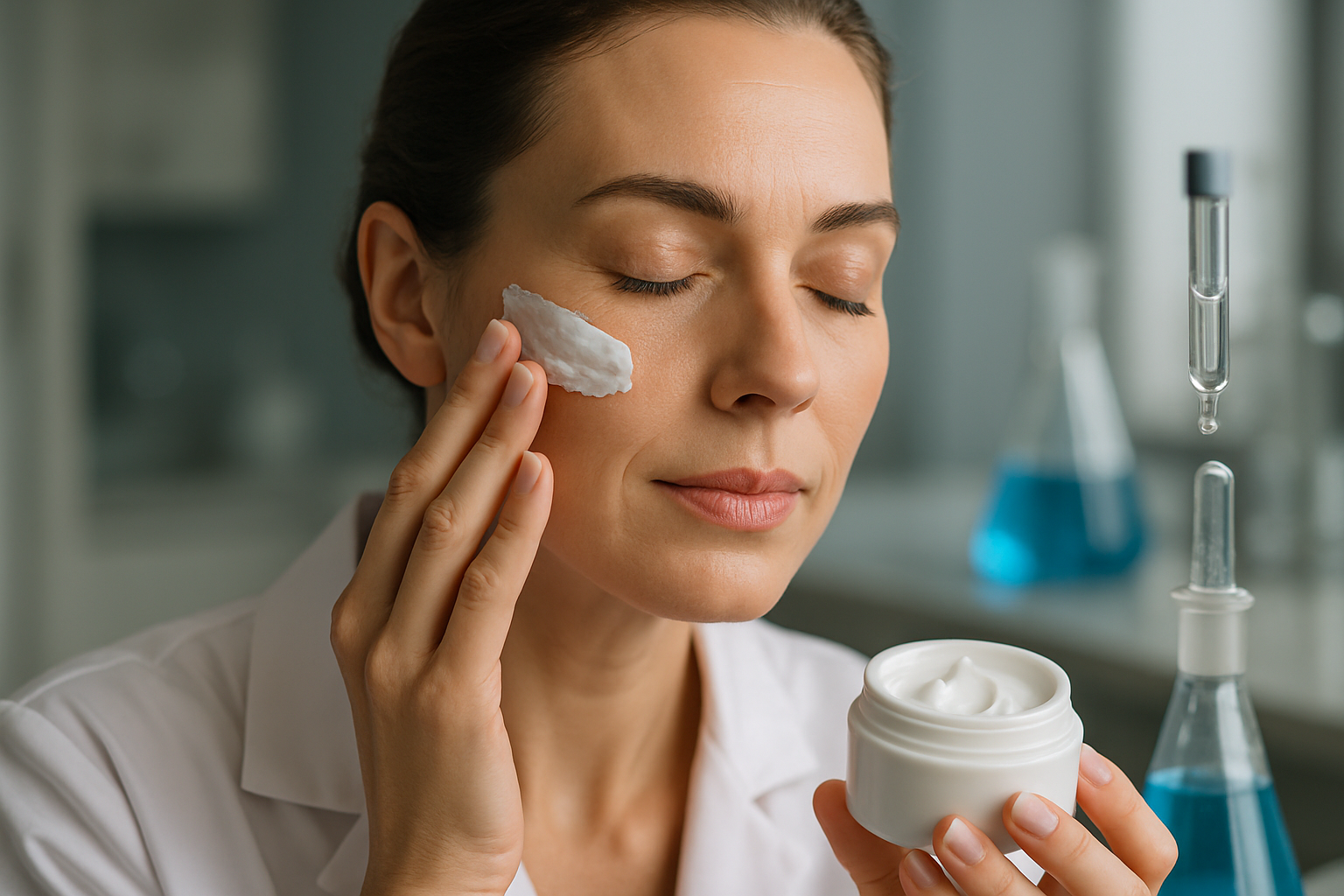Ingredient Guide: What Science Says About Common Actives
This article summarizes scientific perspectives on widely used skincare actives. It highlights how ingredients like retinol, vitamin C, hyaluronic acid, and sunscreens function, how they fit into a routine, and what research and formulation principles say about safety, stability, and environmental considerations. Readers will find practical context for serums, cleansing, hydration, and antiaging strategies.

Skincare is a mix of chemistry, biology, and practical routine choices. Understanding how common actives work, what evidence supports their use, and how formulation affects safety and performance can help you make informed decisions about serums, cleansers, moisturizers, and sun protection. This guide focuses on ingredients that appear most often in research and product labels and explains how they relate to skinbarrier health, antiaging goals, hydration, and sustainability.
This article is for informational purposes only and should not be considered medical advice. Please consult a qualified healthcare professional for personalized guidance and treatment.
Ingredients and formulation
Ingredients determine function, but formulation determines how well an ingredient performs on skin. Active molecules such as retinol or vitamin C require appropriate pH, solubility, and delivery systems to remain stable and bioavailable. Formulation also controls safety: concentrations, preservatives, and vehicle (cream, serum, oil) affect irritation potential and absorption. Label terms like “encapsulated,” “derivative,” or “buffered” indicate formulation strategies to improve stability or reduce sensitivity. When evaluating products, look for clear ingredient lists, concentration transparency when available, and basic claims consistent with published research.
How serums fit into a routine
Serums are typically lightweight, concentrated formulations designed to deliver specific actives such as vitamin C, hyaluronic acid, or niacinamide. Because serums often have higher active concentrations and different vehicle properties than creams, they can be effective for targeted concerns like pigmentation, hydration, or texture. For many people, a routine might layer a gentle cleansing step, a serum for active treatment, and a moisturizer to seal hydration. Order generally follows from thinnest to thickest product, and sunscreens or protective treatments go on last in daytime routines to ensure efficacy.
Cleansing and the skinbarrier
Cleansing removes oil, debris, and environmental pollutants, but over-cleansing or harsh surfactants can disrupt the skinbarrier, increasing transepidermal water loss and irritation. Ingredients like mild amphoteric or nonionic surfactants and pH-balanced formulations reduce barrier disruption. Ceramide-containing cleansers or pH-respecting products help maintain lipid structure. Evidence supports using gentler cleansing approaches for sensitive or compromised skin, pairing effective cleansing with subsequent hydration and barrier-repair ingredients to preserve skin health.
Hydration: hyaluronic acid and moisturizers
Hydration strategies include humectants (e.g., hyaluronic acid, glycerin), occlusives (e.g., petrolatum, dimethicone), and emollients that smooth the lipid matrix. Hyaluronic acid attracts and holds water within the stratum corneum but often performs best when combined with occlusives to prevent water loss. Proper hydration supports barrier function and can improve appearance and comfort. Formulation matters: molecular weight of hyaluronic acid influences penetration and feel, and combining multiple hydrators can yield more sustained benefits than a single ingredient alone.
Retinol and vitamin C: science and safety
Retinol and vitamin C are among the most-studied actives for antiaging and pigmentation. Retinoids modulate cellular turnover and collagen synthesis, supporting improved texture and reduced fine lines over time. Vitamin C (ascorbic acid) is an antioxidant that can brighten pigmentation and protect against oxidative stress when stabilized. Both ingredients can cause irritation at higher concentrations or with improper formulation; retinoids increase photosensitivity, so sunprotection is essential. Combining vitamin C and retinol can be beneficial but may require careful timing or buffering to minimize irritation. Start with lower concentrations, monitor tolerance, and follow product guidance for safety.
Sun protection, antiaging, sustainability and safety
Sun protection is the primary proven strategy to prevent photoaging and reduce skin cancer risk; both physical and chemical sunscreens have roles in sunprotection. Broad-spectrum protection, adequate SPF, and proper application frequency are key to effectiveness. From a sustainability perspective, formulation choices—such as reef-safe filters, biodegradability of ingredients, and packaging—are increasingly important in product development. Safety assessments rely on patch testing, dermatological studies, and regulatory reviews; consumers concerned about environmental impact or ingredient safety should consider transparent brands that publish formulation data and third-party testing.
Conclusion
Scientific evidence supports many commonly used actives when they are formulated and used appropriately. Effective skincare combines thoughtful cleansing, targeted serums for issues like hydration or antiaging, barrier-supporting moisturizers, and consistent sun protection. Pay attention to formulation details, start conservatively with potent actives like retinol and vitamin C, and consider sustainability and safety information when choosing products. Informed choices and steady, consistent routines tend to yield the most reliable results.





